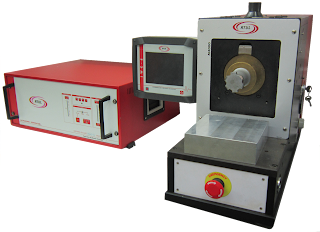Rtul can help companies achieve global automotive cleanliness standards

Ultrasonic cleaning is a powerful and efficient method for removing contaminants from various components in the automotive industry. The use of ultrasonic cleaning has become increasingly important in recent years due to the growing demand for high-quality, reliable, and safe vehicles. In order to ensure that ultrasonic cleaning processes are performed to the highest standard, a number of guidelines and standards have been developed by organizations such as the German Association of the Automotive Industry (VDA) and the International Organization for Standardization (ISO). VDA 19 is a standard developed by the German Association of the Automotive Industry (VDA) that outlines the requirements for cleaning and degreasing automotive components. The standard covers the use of cleaning agents, cleaning methods, and cleaning equipment, and provides guidelines for ensuring that the cleaned components meet the required level of cleanliness. ISO 16232 is an international standard developed by t...


